As our parents age, it becomes increasingly important to create a safe and comfortable living environment for them. Home should always be a place of comfort, security, and familiarity. In this article, we will explore how you can safeguard your aging parents in their living space, ensuring their well-being and peace of mind.
Creating a safe living environment involves a combination of practical solutions and thoughtful considerations. From installing handrails and grab bars to improving lighting and removing trip hazards, there are numerous steps you can take to minimize the risk of accidents and falls. Additionally, organizing the living space in a way that is conducive to their needs and preferences can greatly enhance their quality of life.

We will also discuss the importance of regular home maintenance and repairs to prevent any potential hazards. Ensuring that the home is properly maintained can help eliminate risks such as faulty wiring, leaking pipes, or loose handrails.
By implementing these tips and recommendations, you can make a significant difference in the safety and well-being of your aging parents in their own home. Join us as we delve into the details of safeguarding their living space, making it truly the sweetest place for them to call "home."
Understanding the challenges of aging in place
Aging in place refers to the concept of allowing seniors to stay in their own homes as they grow older, rather than moving to a care facility. While this can provide a sense of independence and familiarity, it also comes with its own set of challenges. As our parents age, their physical and cognitive abilities may decline, making it more difficult for them to navigate their living space safely.
One of the most significant challenges is the increased risk of accidents and falls. According to the Centers for Disease Control and Prevention (CDC), falls are the leading cause of injuries among older adults, with one out of four individuals aged 65 and older falling each year. These falls can result in severe injuries, such as fractures and head trauma, which can have long-term consequences for their overall well-being.
The importance of home safety for aging parents
Creating a safe living environment for your aging parents is crucial to their overall health and well-being. By taking proactive measures to minimize the risk of accidents and falls, you can significantly improve their quality of life and provide them with peace of mind.
One of the first steps in ensuring home safety is conducting a thorough assessment of their living space. Identify potential hazards, such as loose rugs, cluttered walkways, or inadequate lighting. By addressing these issues, you can create a safer environment for your parents to navigate.
Assessing and modifying the living space for safety
To ensure the safety of your aging parents, it is essential to assess and modify their living space accordingly. Start by decluttering the home to eliminate any potential tripping hazards. Remove unnecessary furniture and belongings that may obstruct their movement or create obstacles.
Next, focus on improving lighting throughout the house. Older adults may have diminished vision, making it more challenging for them to see clearly in dimly lit areas. Install brighter light bulbs, add task lighting where needed, and consider motion-sensor lights for nighttime navigation.
Additionally, installing handrails and grab bars in key areas, such as the bathroom and stairways, can provide much-needed support and stability. These simple modifications can significantly reduce the risk of falls and accidents.
Essential safety features for aging parents' homes
Apart from assessing and modifying the living space, there are several essential safety features that should be considered for your aging parents' home. These features are designed to enhance their safety and independence, allowing them to navigate their living space with ease.
One crucial safety feature is a personal emergency response system (PERS). PERS devices, such as wearable fall detection pendants or wristbands, allow your parents to call for help in case of an emergency. These devices are equipped with GPS tracking and can automatically alert emergency services if a fall is detected.
Another important feature to consider is a home security system. Not only will this provide peace of mind for your parents, but it can also serve as a deterrent to potential intruders. Look for systems that offer remote monitoring and notification capabilities, allowing you to keep an eye on their home even when you're not physically present.
Grab Bars can provide stability and support for our aging parents
As our parents age, it's important to ensure their safety and promote their independence within their own homes. One crucial aspect of achieving this is the installation of grab bars in key areas throughout the house. Grab bars provide a stable support system, preventing slips and falls, especially in areas prone to moisture like bathrooms and showers. These simple yet effective devices offer much-needed security for aging parents, helping them maintain balance and mobility. With the ability to securely grip onto the bars, our loved ones can confidently navigate their living spaces, reducing the risk of accidents and injuries. Not only do grab bars enhance safety, but they also promote independence. By having these aids readily available, aging parents can perform daily tasks such as bathing and using the toilet with minimal assistance. This sense of autonomy contributes to their overall well-being and preserves their dignity.
Creating a supportive and accessible environment
In addition to physical modifications, creating a supportive and accessible environment is essential for the well-being of your aging parents. This goes beyond safety features and focuses on organizing the living space in a way that is conducive to their needs and preferences.
Consider rearranging furniture to create clear pathways and ensure that commonly used items are easily accessible. Labeling drawers and cabinets can help your parents locate items more efficiently, reducing frustration and the risk of accidents.
Furthermore, incorporating comfortable and ergonomic furniture can greatly enhance their comfort and mobility. Opt for chairs with proper lumbar support, adjustable height features, and non-slip cushions. Investing in a quality mattress and pillows can also contribute to a good night's sleep, which is crucial for their overall well-being.
Technology and gadgets for home safety
Advancements in technology have made it easier than ever to enhance home safety for aging parents. From smart home devices to wearable technology, there are numerous gadgets available that can help monitor their well-being and provide additional support.
Smart home devices, such as voice-activated assistants and smart thermostats, can assist your parents in controlling various aspects of their living space. These devices can help them adjust the temperature, turn on lights, or even call for help in case of an emergency.
Wearable technology, such as fitness trackers and health monitors, can provide valuable insights into your parents' physical well-being. These devices can track their heart rate, sleep patterns, and even detect falls. By staying informed about their health, you can take proactive measures to ensure their safety and well-being.
Building a support network for aging parents
While implementing safety measures within their living space is crucial, it is equally important to build a support network for your aging parents. Loneliness and isolation can have a significant impact on their mental and emotional well-being, so fostering social connections is essential.
Encourage regular social interactions by organizing family gatherings, inviting friends over, or encouraging participation in community activities. Additionally, consider enrolling them in local senior centers or clubs where they can engage in hobbies and meet like-minded individuals.
Furthermore, explore options for in-home care or assistance. Hiring a caregiver can provide your parents with companionship and support, while also ensuring that their daily needs are met. This additional support can be invaluable in maintaining their independence and overall well-being.
Creating a daily routine for aging parents' well-being
Establishing a daily routine can greatly contribute to the well-being of your aging parents. Having a predictable schedule can provide structure and familiarity, which can help reduce anxiety and confusion.
Ensure that their daily routine includes regular physical activity, mental stimulation, and social interactions. Encourage them to engage in activities they enjoy, such as walking, gardening, reading, or puzzles. These activities can help maintain their physical and cognitive abilities while providing a sense of purpose and fulfillment.
The role of caregivers in safeguarding the home
Caregivers play a crucial role in safeguarding the home and ensuring the well-being of aging parents. They provide essential support, assistance, and companionship, helping to maintain a safe and comfortable living environment.
Collaborate with caregivers to ensure they are aware of the specific safety measures and routines in place. Regular communication and feedback can help address any concerns or make necessary adjustments to the care plan.
Additionally, consider providing caregivers with the necessary training and resources to handle emergencies and potential hazards. This can include basic first aid training, knowledge of emergency protocols, and awareness of any specific medical conditions or medications.
Conclusion: Ensuring a safe and comfortable living space for aging parents
In conclusion, safeguarding the living space of your aging parents is essential to their well-being and peace of mind. By implementing practical solutions and thoughtful considerations, you can create a safe and comfortable environment that promotes their independence and quality of life.
From assessing and modifying the living space to incorporating essential safety features, there are numerous steps you can take to minimize the risk of accidents and falls. Creating a supportive and accessible environment, utilizing technology and gadgets, and building a support network are also key factors in ensuring their safety.
Remember, the role of caregivers is vital in safeguarding the home and providing the necessary support and assistance. By working together and prioritizing their safety, you can make a significant difference in the lives of your aging parents, ensuring that their living space remains truly "home sweet home."




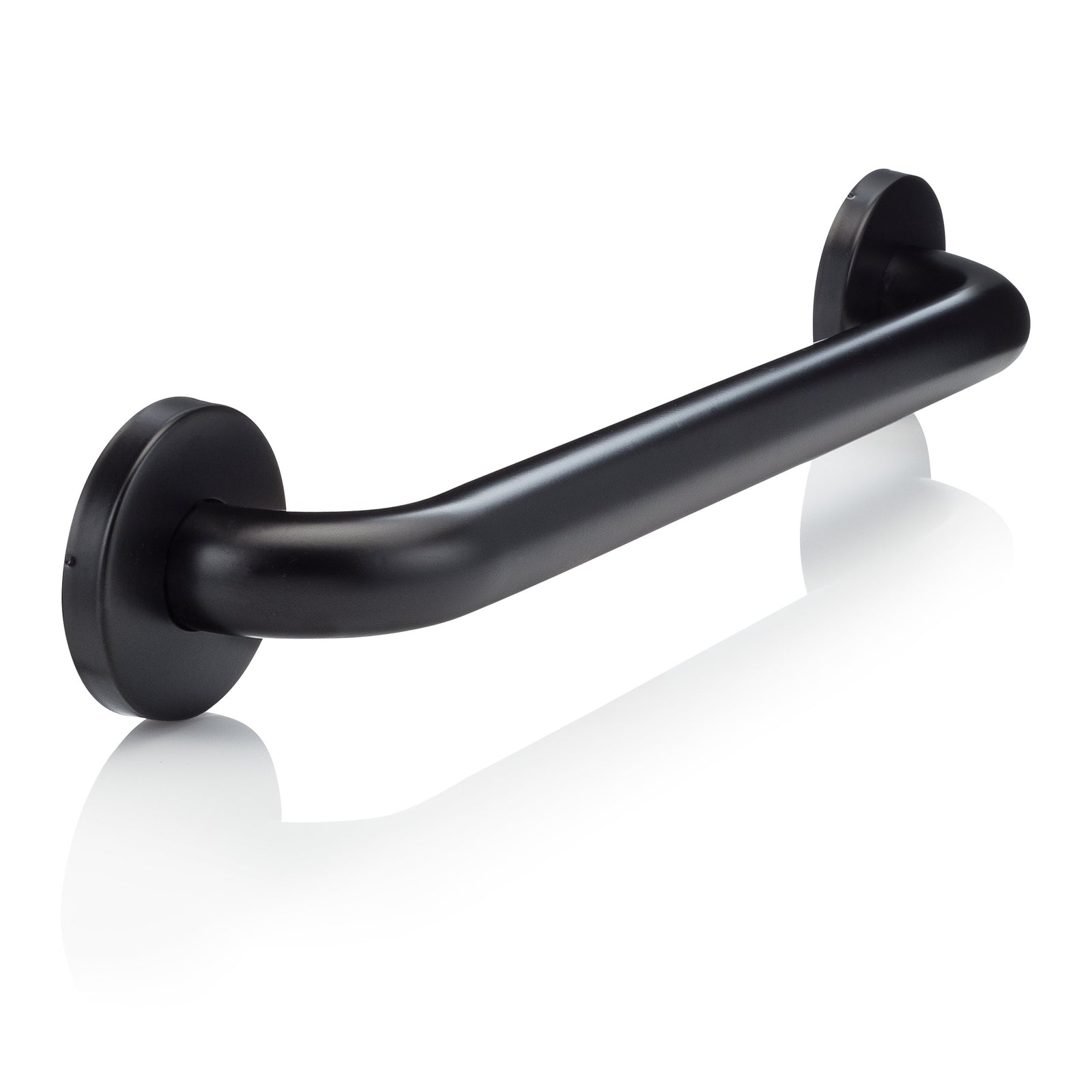
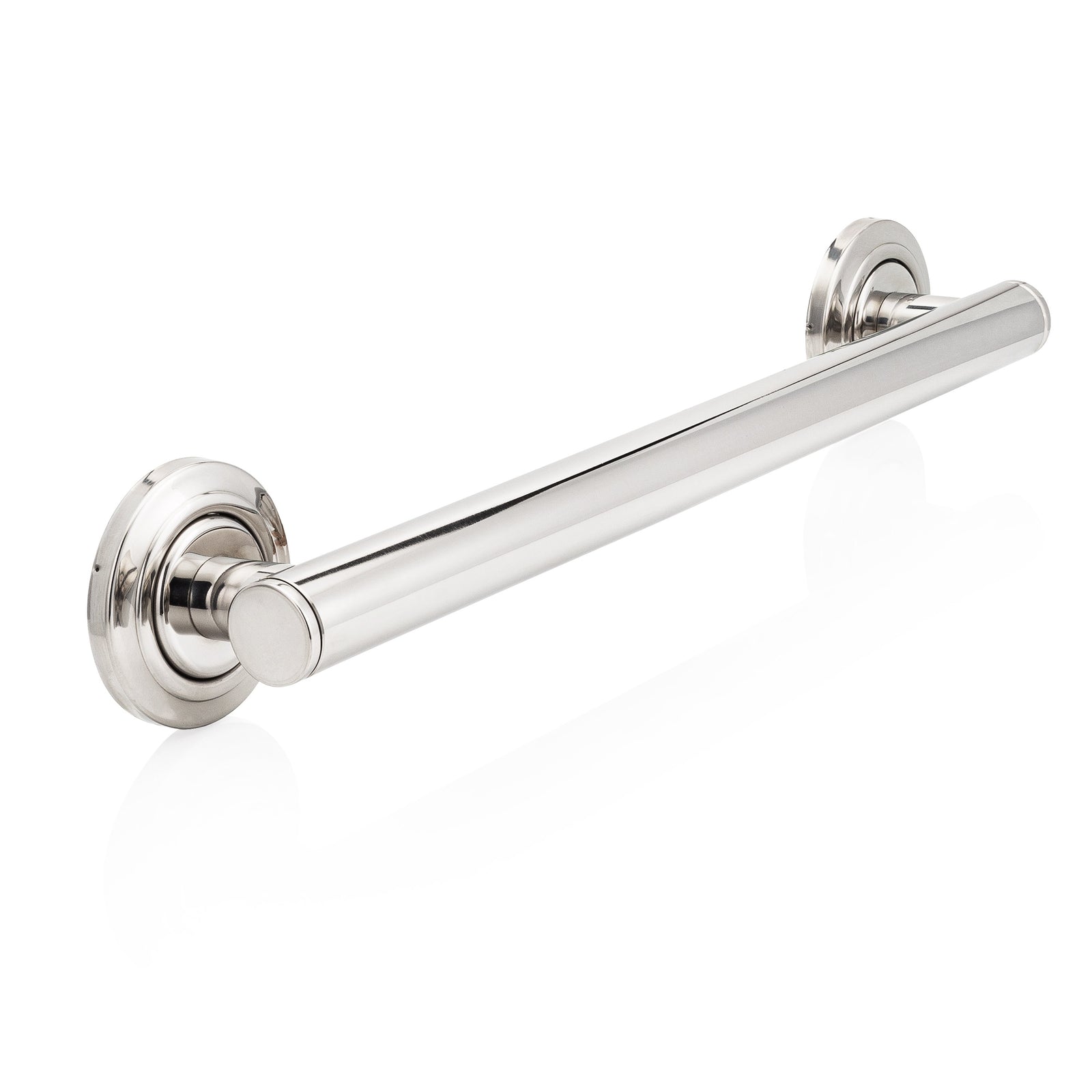
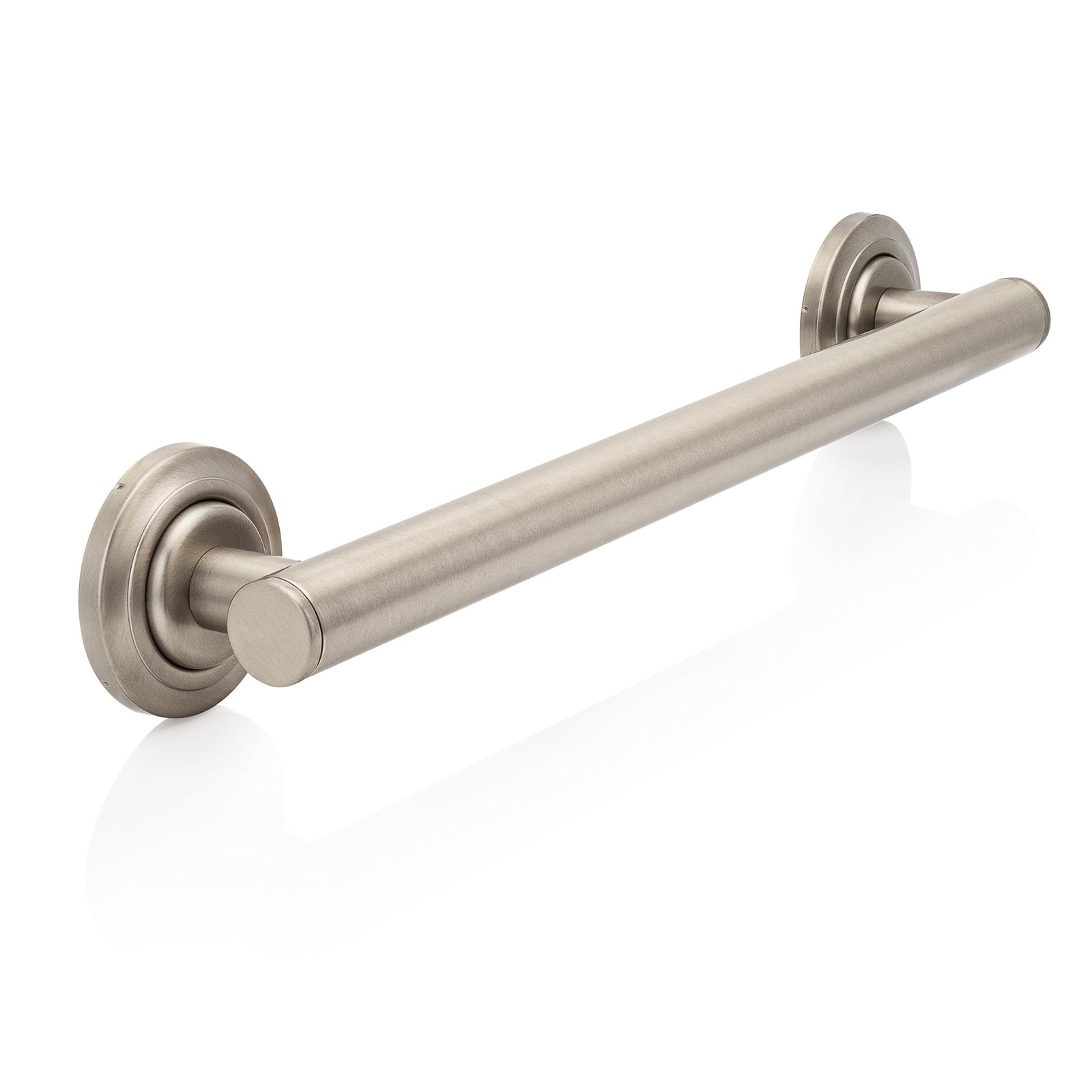

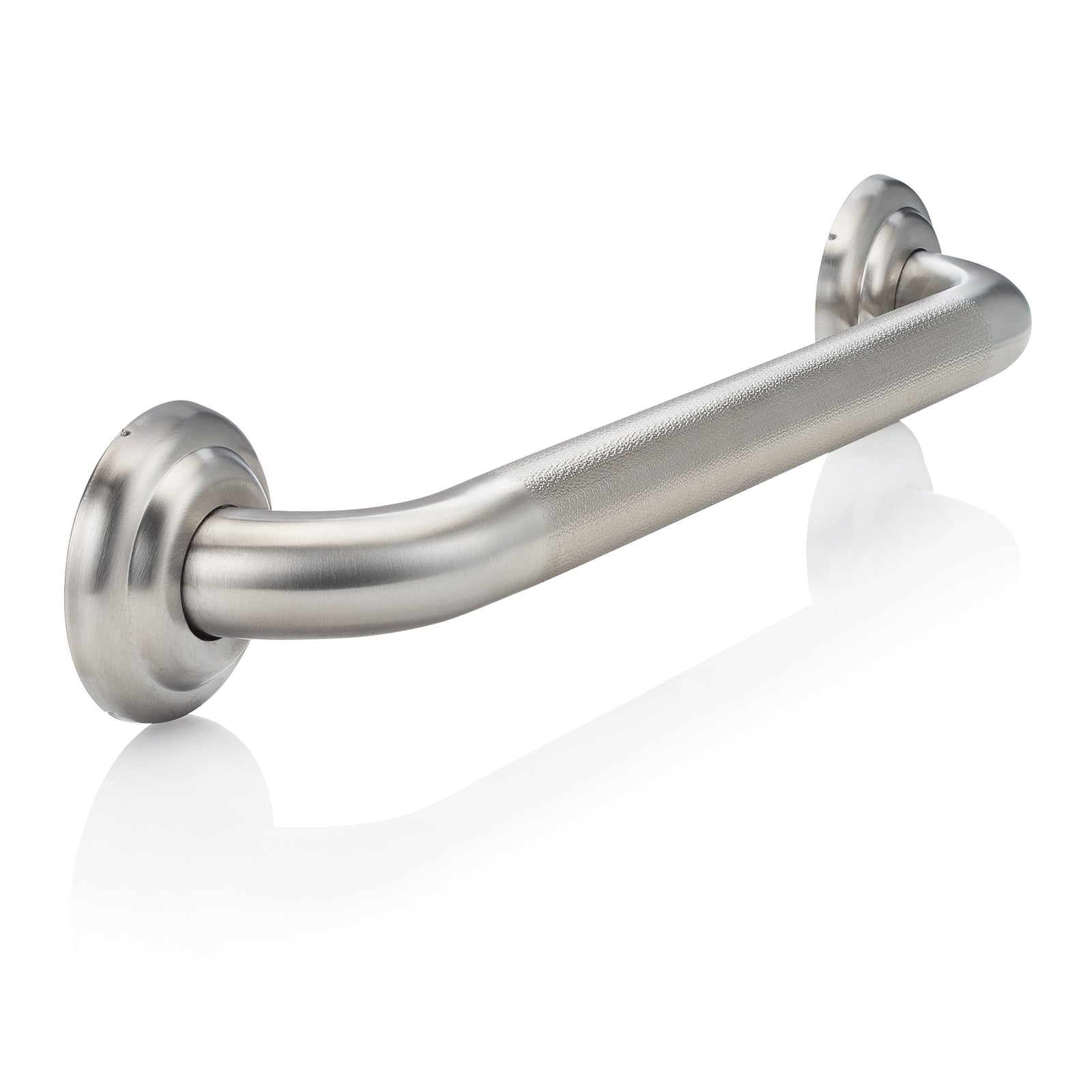
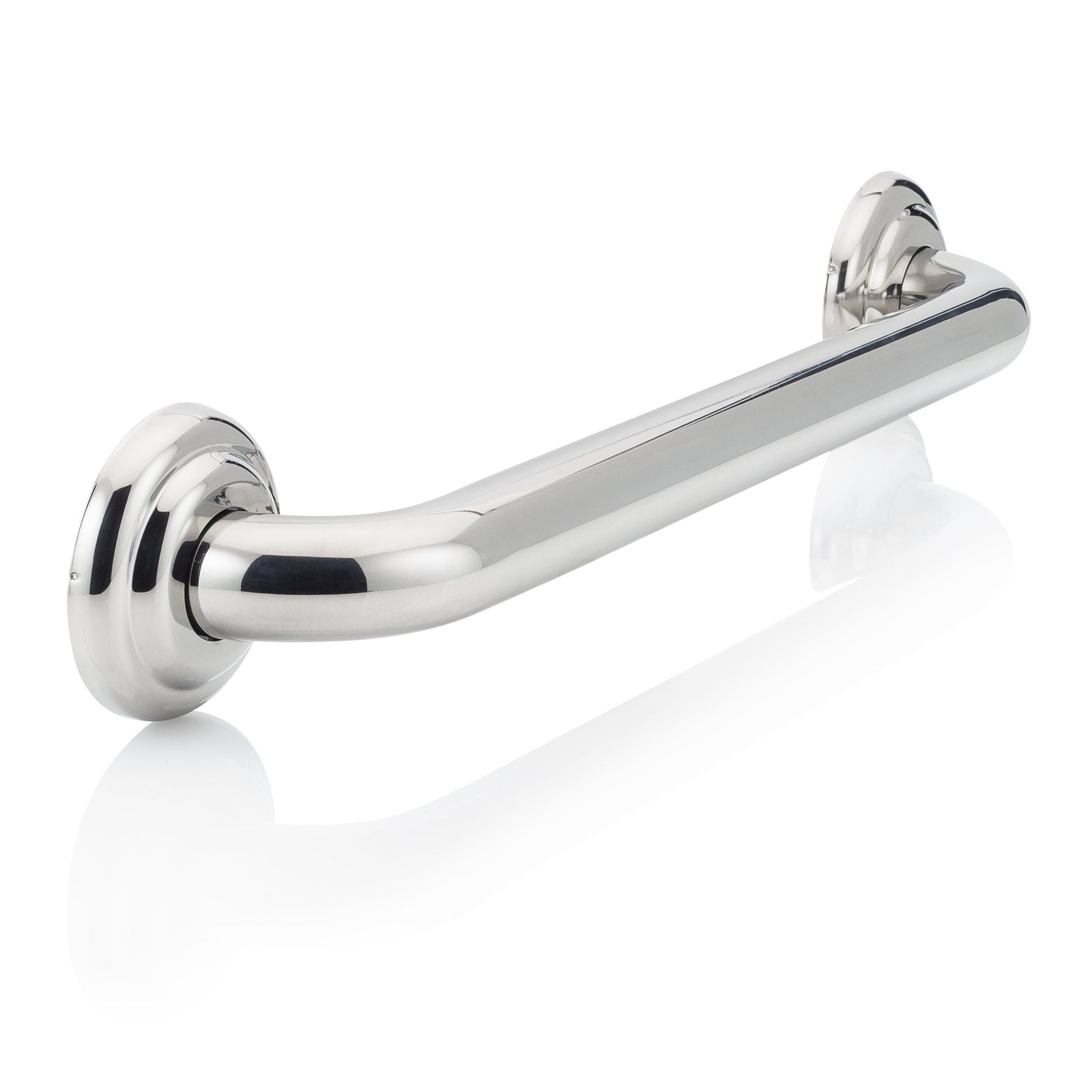
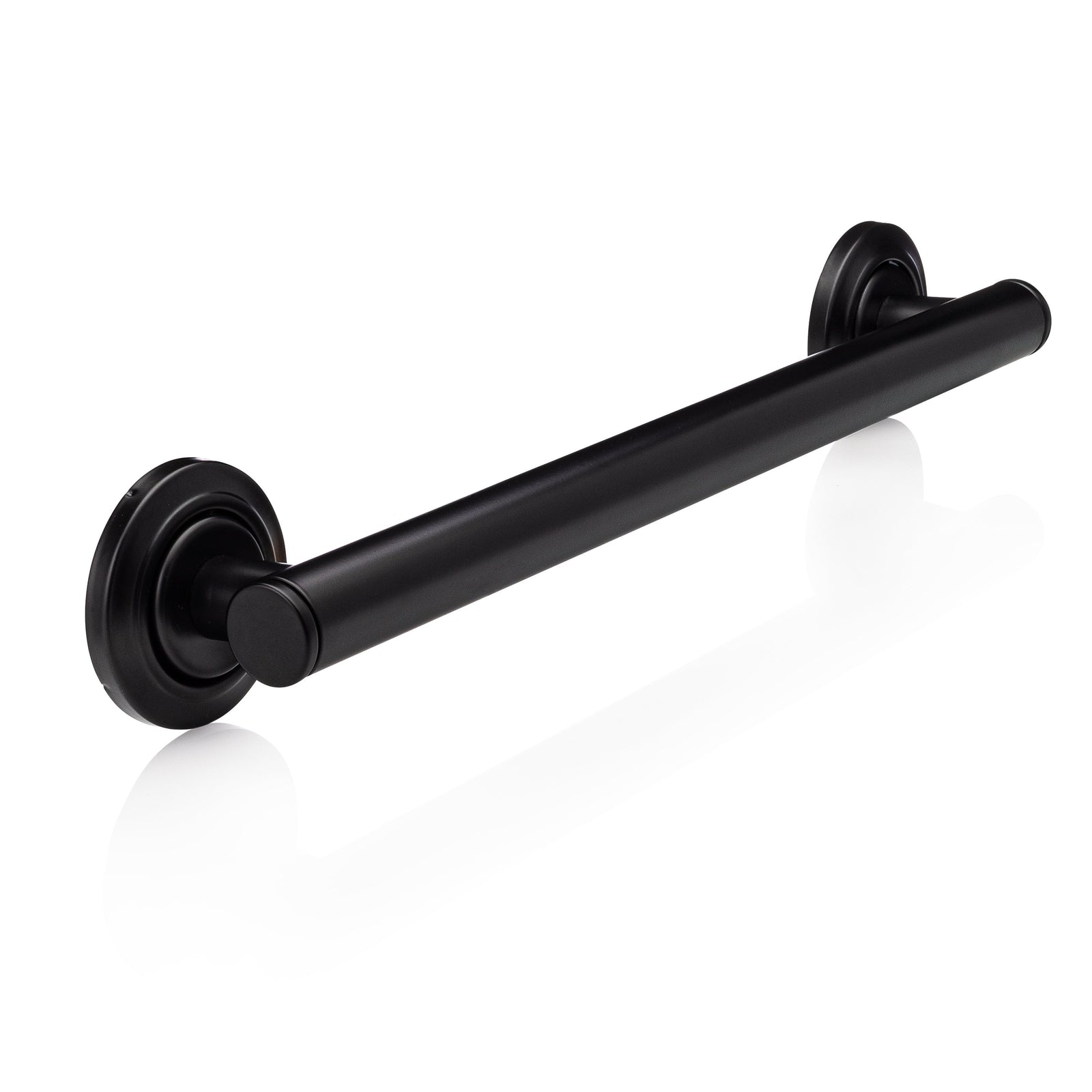
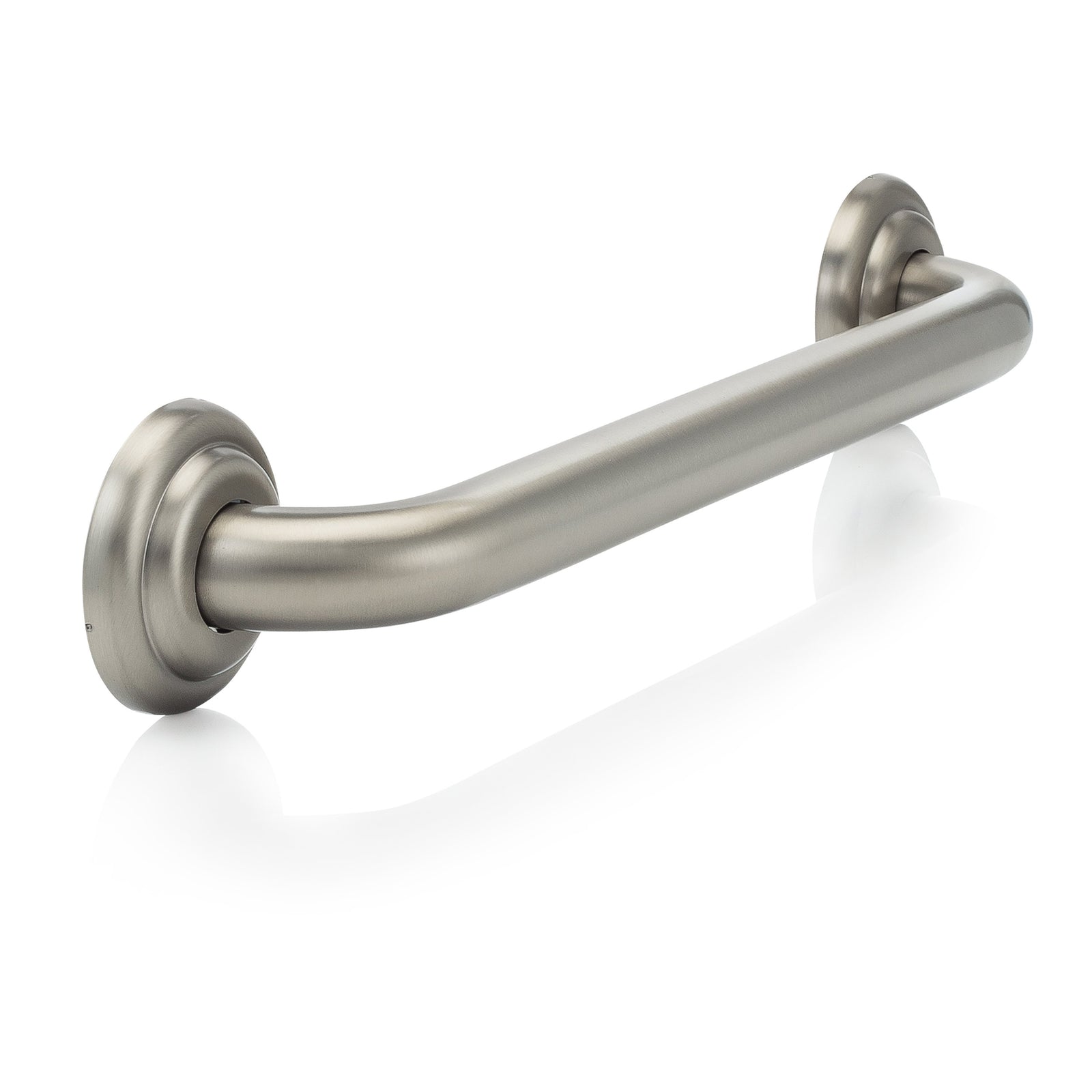
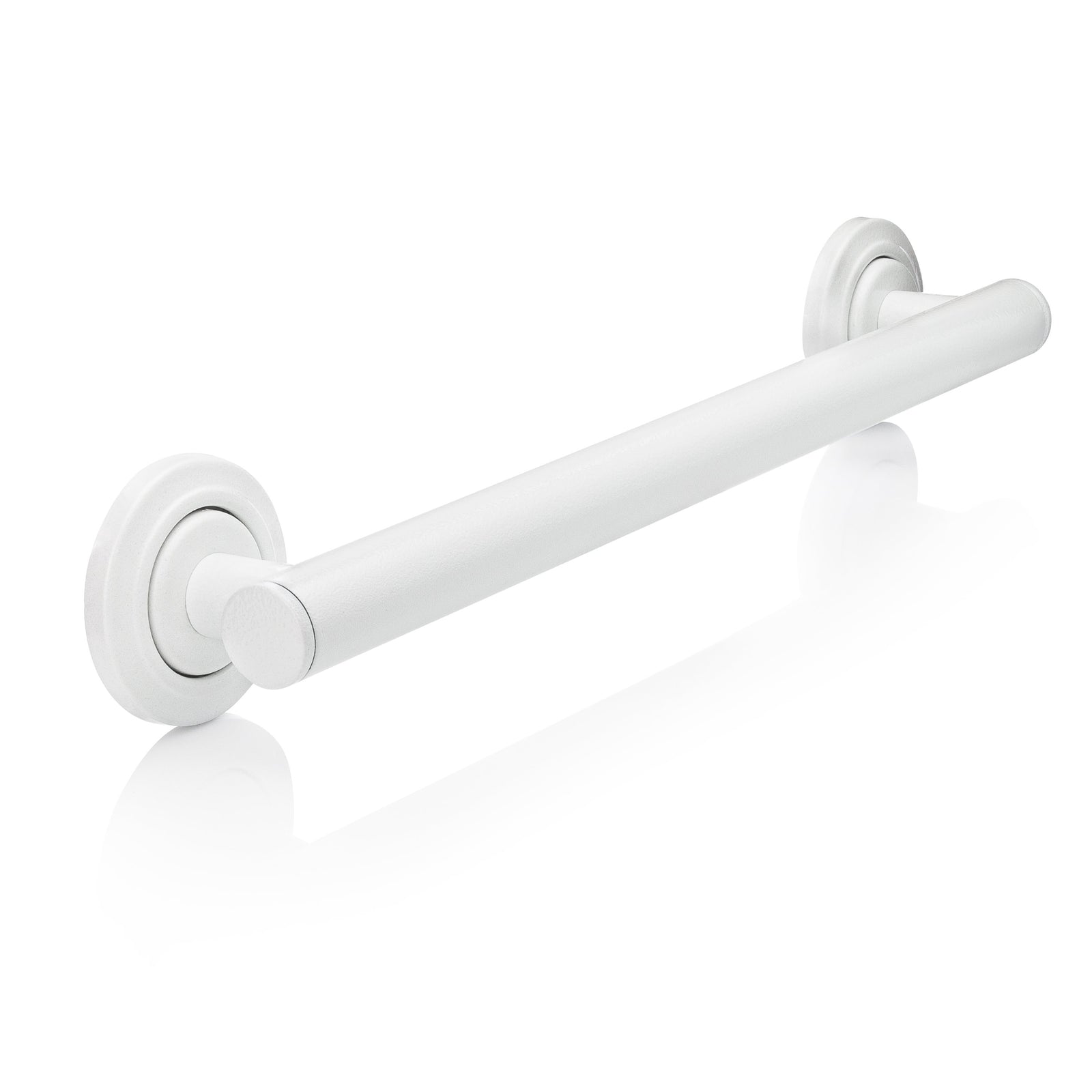
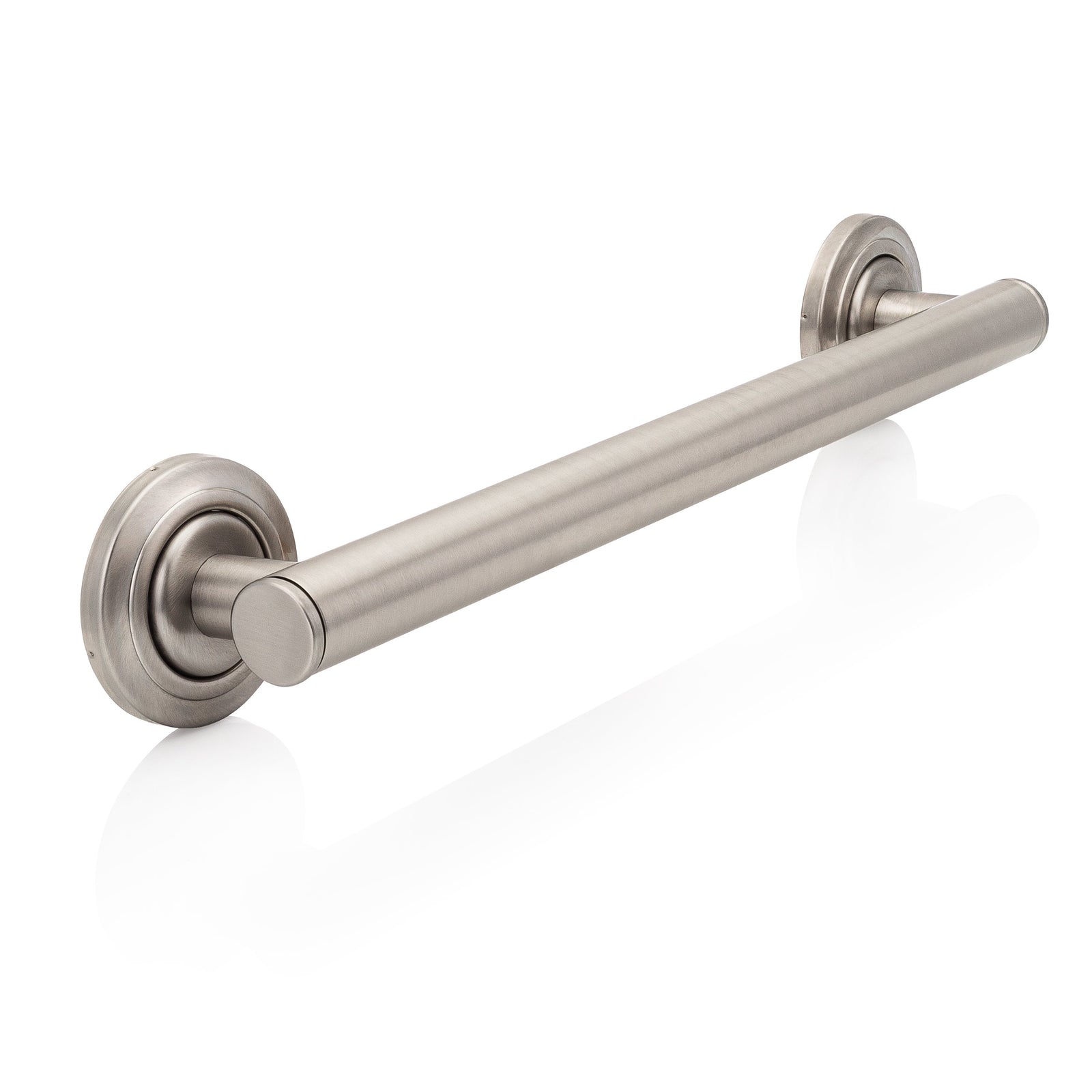
Auvrey L
July 22, 2024
What an insightful and crucial article by Mr. Grab Bar on safeguarding aging parents, especially in the often-overlooked area of bathroom safety! Ensuring a safe and secure bathroom environment is paramount for preventing accidents and promoting independence for our elderly loved ones. For those looking to delve deeper into the world of senior safety and discover additional resources to support and protect their aging parents, I highly recommend visiting SeniorThrive.com. SeniorThrive offers a comprehensive platform that provides a wealth of information, expert advice, and inspiring stories tailored to empower seniors and their families on their caregiving journey.